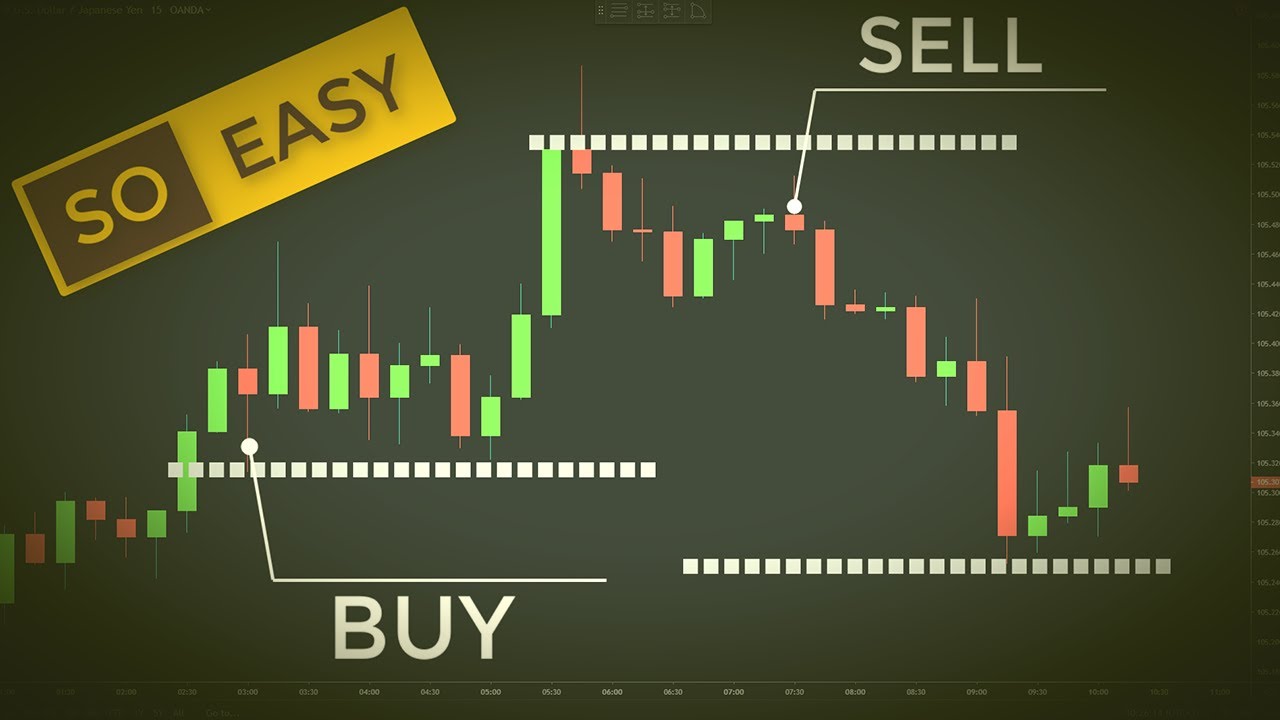Introduction
The multifaceted world of forex trading offers alluring opportunities for ambitious individuals eager to delve into the financial markets. Whether you’re a budding enthusiast or a curious novice, embarking on this adventure requires a solid understanding of the fundamentals, strategies, and risks involved. In this comprehensive guide, we’ll illuminate the path to successful forex trading for beginners, empowering you with the knowledge and confidence to navigate this dynamic market.

Image: www.pinterest.com.mx
Understanding the Forex Market
Forex, an abbreviation of Foreign Exchange, encompasses the global marketplace where currencies are bought, sold, and traded. It’s the most liquid financial market, with an average daily trading volume exceeding $5 trillion. Unlike traditional stock markets, forex trading happens over-the-counter (OTC), meaning there’s no centralized exchange. Instead, transactions are facilitated through a network of banks, brokers, and institutions.
In the forex market, you trade pairs of currencies, such as EUR/USD or GBP/JPY. When you buy a currency pair, you’re essentially buying the first currency (base currency) and selling the second (quote currency). Your profit (or loss) is determined by the change in the exchange rate between the two currencies.
The Mechanics of Forex Trading
To participate in forex trading, you’ll need to open an account with a reputable broker. Choose a broker regulated by a financial authority and offers a trading platform that aligns with your experience and trading style.
Once you have a trading account, you can start initiating trades. Here’s a simplified breakdown of how it works:
- Market Analysis: Analyze market conditions, including economic data, news events, and technical indicators, to assess potential price movements.
- Order Placement: Decide on your trading strategy and place an order in the market. You can choose from various order types, such as market orders or limit orders.
- Trade Execution: If your order matches a counterparty, the trade is executed, and the currencies are exchanged.
- Trade Closure: To close your trade and realize your profit (or loss), you need to complete an opposite transaction.
It’s imperative to note that forex trading involves leverage, which can amplify both profits and losses. Leverage is a double-edged sword, so it’s crucial to use it responsibly and always manage your risk effectively.
Strategies and Indicators
The world of forex trading is characterized by an abundance of strategies that traders use to maximize profits and mitigate risks. Some popular strategies include:
- Scalping: Opening and closing trades quickly to capitalize on small price movements.
- Day Trading: Buying and selling currencies within a single day, avoiding overnight risk.
- Position Trading: Holding trades for extended periods, focusing on long-term trends.
Technical indicators are mathematical calculations used to analyze price charts and identify potential trading opportunities. These include moving averages, Bollinger Bands, and the Relative Strength Index (RSI). However, it’s worth noting that technical analysis, while valuable, is not a foolproof predictor of future price movements.

Image: howtotradeonforex.github.io
Risks and Reward
As with any financial endeavor, forex trading entails inherent risks. Currency valuations can fluctuate rapidly, leading to significant losses if not managed correctly. It’s essential to establish a comprehensive risk management strategy that includes:
- Setting Stop-Loss Orders: These orders are triggered once the price moves to a predefined level, minimizing potential losses.
- Understanding Leverage Risks: As mentioned earlier, leverage can amplify both profits and losses, so use it cautiously.
- Diversifying Your Trades: Spreading your risk across multiple currency pairs and trading strategies can help mitigate losses in any one market.
It’s crucial to remember that the potential reward in forex trading is directly proportionate to the risk you’re willing to take. Develop a trading plan that aligns with your risk tolerance and financial goals.
How To Trade Forex For Beginners
Conclusion
Forex trading can provide a lucrative path for those willing to invest time and effort in learning and honing their skills. Embracing the strategies and tools outlined in this guide will empower you with a solid foundation. Remember, success in forex trading lies in striking a harmonious balance between risk management, market analysis, and strategic order placement. Embrace the journey of continual learning and adapt to the ever-evolving nature of the financial markets. The world of forex trading awaits your exploration—trade wisely, and may fortune favor your endeavors!






